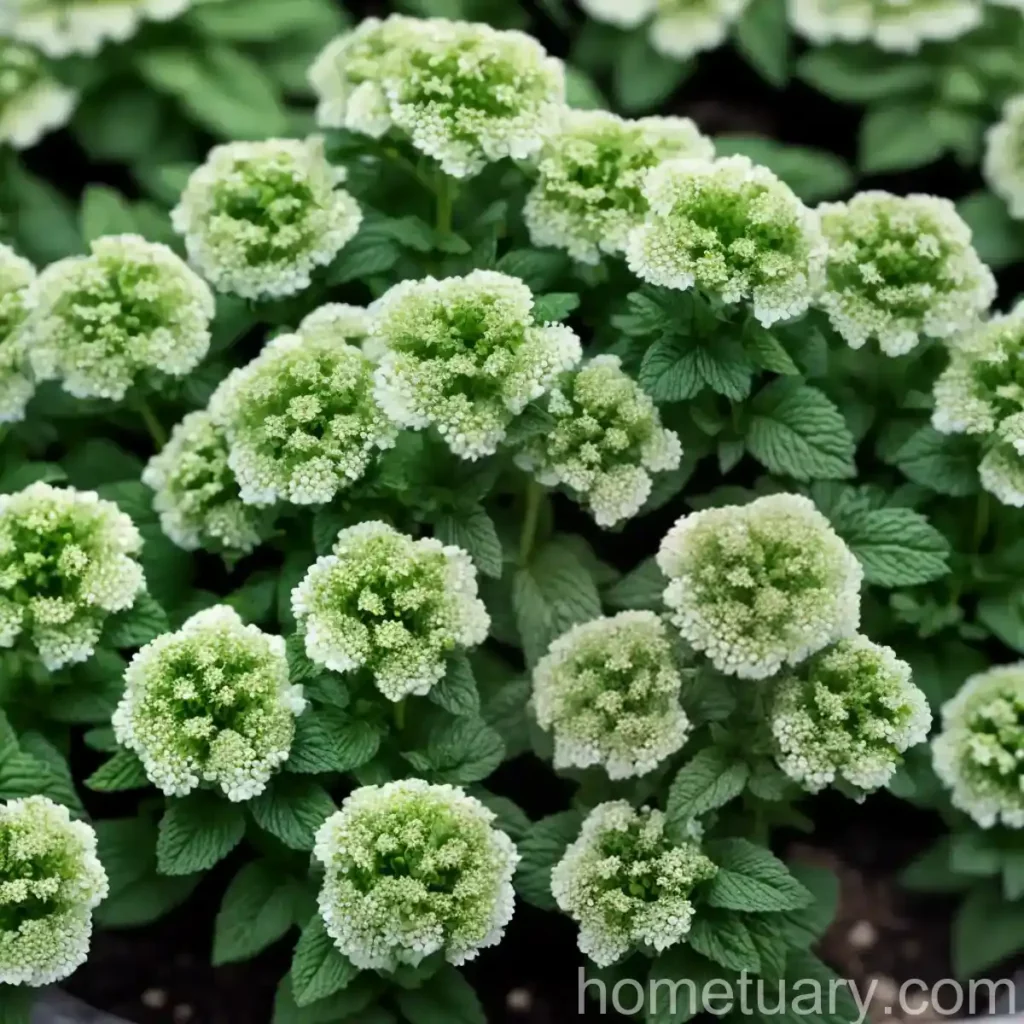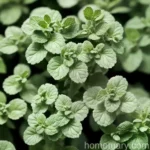The Allure of Corsican Mint (Mentha Requienii): A Comprehensive Cultivation Guide
What is Plant – Corsican Mint (Mentha Requienii)
Corsican mint, scientifically known as Mentha requienii, is a low-growing herbaceous perennial plant belonging to the Lamiaceae family. It is native to Corsica, Sardinia, and mainland Italy. This charming plant is famous for its delightful fragrance and its ability to spread as a ground cover, creating a lush and aromatic carpet.
Key Takeaways – Corsican Mint (Mentha Requienii)
Corsican mint, or Mentha requienii, offers a variety of benefits and uses, making it an incredibly versatile plant for both indoor and outdoor cultivation. From culinary uses to medicinal properties, here are the key takeaways about this fascinating plant:
- Culture: The cultivation and care of Corsican mint
- Uses: Culinary, medicinal, and landscaping
- Water: Adequate water requirements for healthy growth
- Sunlight: Optimal sunlight conditions for thriving
- Fertilizer: Fertilization needs for nourishment
- Soil: The best soil type for Corsican mint
- Pruning: Techniques for maintaining its vigorous growth
- Propagation: Methods for expanding your Corsican mint collection
- Container: Growing Corsican mint in containers
- Popularity: The widespread appeal of Corsican mint
- Common Diseases: Recognizing and addressing potential diseases
- Common Pests: Managing pest issues effectively
- Botanist’s Tips: Expert advice for cultivating Corsican mint
- Fun Facts: Intriguing details about this remarkable plant
Culture
Cultivating and caring for Corsican mint requires attention to several crucial factors to ensure its thriving growth. Let’s delve into each of these critical aspects:
Uses
Corsican mint has been cherished for ages due to its multi-faceted uses, including:
– Culinary Uses: The fresh, aromatic leaves of Corsican mint are used in dishes, teas, and garnishes, adding a delightful flavor and scent.
– Medicinal Properties: It is believed to possess healing properties and is used in natural remedies, teas, and aromatherapy.
– Landscaping: Corsican mint is an excellent ground cover, adding beauty and fragrance to gardens, pathways, and rock gardens.
Water
Corsican mint has moderate water requirements and prefers consistently moist soil. It is important to ensure that the soil does not become waterlogged, as this can lead to root rot. Regular watering, especially during dry periods, is essential for its health and vigor.
Sunlight
When it comes to sunlight, Corsican mint thrives in partial shade to full shade conditions. It is well-suited for areas with limited direct sunlight, making it an ideal choice for shaded spots in the garden.
Fertilizer
Corsican mint generally does not require heavy feeding. A light application of a balanced, water-soluble fertilizer in the growing season can help maintain its lush, green appearance and promote healthy growth.
Soil
The best soil for Corsican mint is well-draining and rich in organic matter. It prefers slightly acidic to neutral soil pH. An ideal planting medium can consist of a mix of loam, peat, and sand to ensure proper drainage and moisture retention.
Pruning
Regular pruning is essential for maintaining the compact and vigorous growth of Corsican mint. Trimming the plant back after flowering helps promote new growth and prevents it from becoming leggy. Additionally, pruning helps control its spread as a ground cover.
Propagation
Corsican mint can be propagated through division, cuttings, or sowing seeds. Division is a common method where established plants are carefully divided into smaller sections and replanted. Cuttings can also be rooted in a moist, well-draining medium to create new plants. Sowing seeds in a suitable growing medium can also yield new Corsican mint plants.
Container
For those who prefer container gardening, Corsican mint is an excellent choice. Its low-growing and spreading nature makes it a delightful addition to containers, window boxes, and hanging baskets. When planting in containers, it is crucial to use well-draining soil to prevent waterlogging.
Popularity
Corsican mint has gained popularity not only for its aromatic and culinary attributes but also for its ornamental value as a ground cover. Its ability to thrive in shaded areas and its delightful fragrance has made it a sought-after plant for various cultivation settings.
Common Diseases
Corsican mint is generally resistant to common plant diseases. However, it is essential to monitor for signs of leaf spot or powdery mildew, especially in humid conditions. Proper sanitation, adequate airflow, and avoiding overhead watering can help prevent these issues.
Common Pests
While Corsican mint is relatively pest-resistant, it may sometimes attract pests such as aphids, spider mites, or caterpillars. Regular inspection and appropriate pest management measures, such as insecticidal soap or neem oil, can help keep pest infestations under control.
Botanist’s Tips
To ensure the successful cultivation of Corsican mint, consider the following expert tips:
– Proper Drainage: Ensure well-draining soil or planting medium to prevent waterlogging.
– Moderate Moisture: Maintain consistent soil moisture without overwatering.
– Shade Tolerance: Capitalize on its ability to thrive in shaded areas for optimal growth.
– Pruning: Regular pruning promotes compact growth and prevents legginess.
– Propagation Methods: Explore various propagation methods to expand your Corsican mint collection.
– Pest Vigilance: Keep a watchful eye for potential pest issues and address them promptly.
Fun Facts
Here are some intriguing facts about Corsican mint that showcase its allure:
– Corsican mint is one of the smallest aromatic herbs, reaching a maximum height of only 2 to 5 centimeters.
– It is widely used as a ground cover in rock gardens, where its lush green carpet and delightful fragrance create an enchanting ambiance.
– The aromatic leaves of Corsican mint release a refreshing and minty fragrance when crushed or brushed against, adding sensory appeal to any garden.
Links to External Resources
For further information on Corsican mint and its cultivation, here are some valuable external resources:
– Royal Horticultural Society – Mentha requienii
– Missouri Botanical Garden – Corsican Mint
– The Spruce – Corsican Mint: How to Grow and Use This Groundcover
– Gardening Know How – Corsican Mint Information: How To Use Corsican Mint as Groundcover
In conclusion, Corsican mint, or Mentha requienii, is an enchanting plant with a wide array of uses and benefits. Whether utilized in culinary creations, embraced for its medicinal properties, or admired as a fragrant ground cover, this diminutive herb offers myriad possibilities for cultivation and enjoyment. By understanding its cultural requirements, uses, and maintenance, plant enthusiasts can unlock the full potential of Corsican mint in their gardens and living spaces.
Understanding the nlp lsi keywords is crucial for effective content marketing. By incorporating these vital keywords, this blog aims to enhance its online visibility and engagement with the target audience.
Remember, when it comes to cultivating Corsican mint, attention to detail and adherence to its cultural needs are the keys to success. Whether adding a touch of fragrance to a rock garden or infusing culinary creations with its delightful flavor, Corsican mint is a captivating plant that enriches both the garden and the senses.















